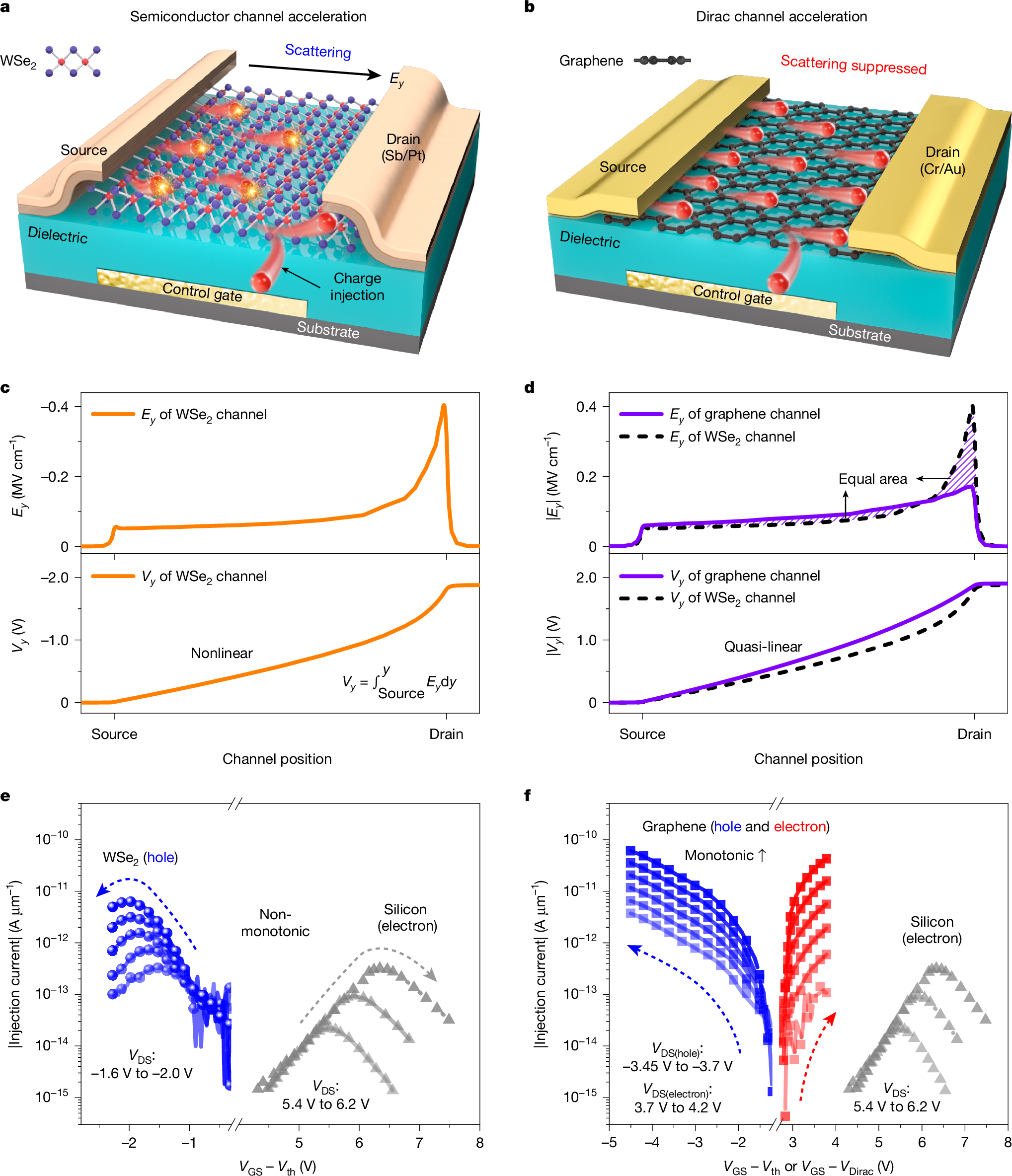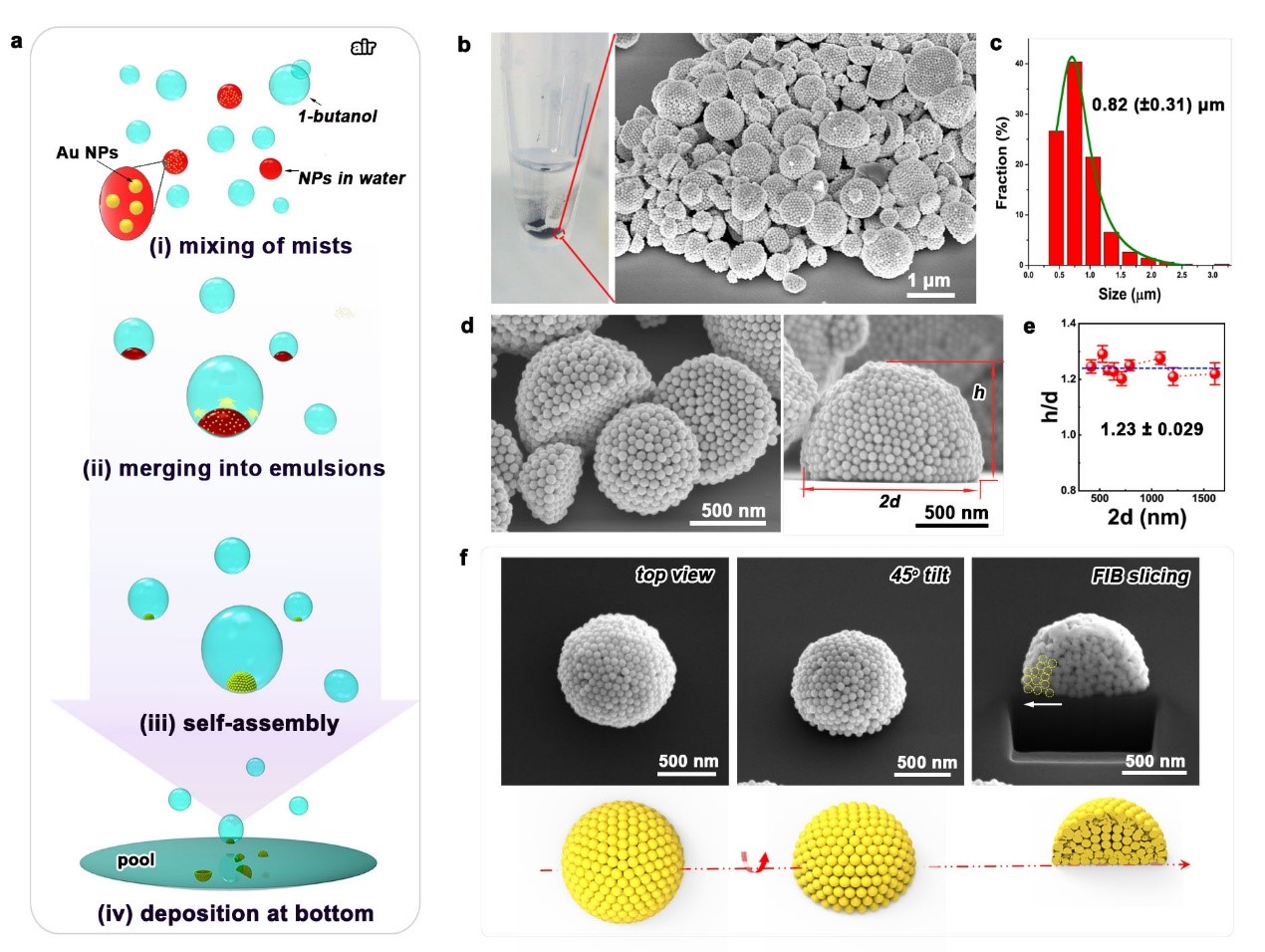2025-04-17 復旦大学
<関連情報>
- https://www.fudan.edu.cn/en/2025/0417/c344a145016/page.htm
- https://www.nature.com/articles/s41586-025-08839-w
2次元強化ホットキャリア注入によるサブナノ秒フラッシュメモリーの実現 Subnanosecond flash memory enabled by 2D-enhanced hot-carrier injection
Yutong Xiang,Chong Wang,Chunsen Liu,Tanjun Wang,Yongbo Jiang,Yang Wang,Shuiyuan Wang & Peng Zhou
Nature Published:16 April 2025
DOI:https://doi.org/10.1038/s41586-025-08839-w

Abstract
The pursuit of non-volatile memory with program speeds below one nanosecond, beyond the capabilities of non-volatile flash and high-speed volatile static random-access memory, remains a longstanding challenge in the field of memory technology1. Utilizing fundamental physics innovation enabled by advanced materials, series of emerging memories2,3,4,5 are being developed to overcome the speed bottleneck of non-volatile memory. As the most extensively applied non-volatile memory, the speed of flash is limited by the low efficiency of the electric-field-assisted program, with reported speeds6,7,8,9,10 much slower than sub-one nanosecond. Here we report a two-dimensional Dirac graphene-channel flash memory based on a two-dimensional-enhanced hot-carrier-injection mechanism, supporting both electron and hole injection. The Dirac channel flash shows a program speed of 400 picoseconds, non-volatile storage and robust endurance over 5.5 × 106 cycles. Our results confirm that the thin-body channel can optimize the horizontal electric-field (Ey) distribution, and the improved Ey-assisted program efficiency increases the injection current to 60.4 pA μm−1 at |VDS| = 3.7 V. We also find that the two-dimensional semiconductor tungsten diselenide has two-dimensional-enhanced hot-hole injection, but with different injection behaviour. This work demonstrates that the speed of non-volatile flash memory can exceed that of the fastest volatile static random-access memory with the same channel length.



